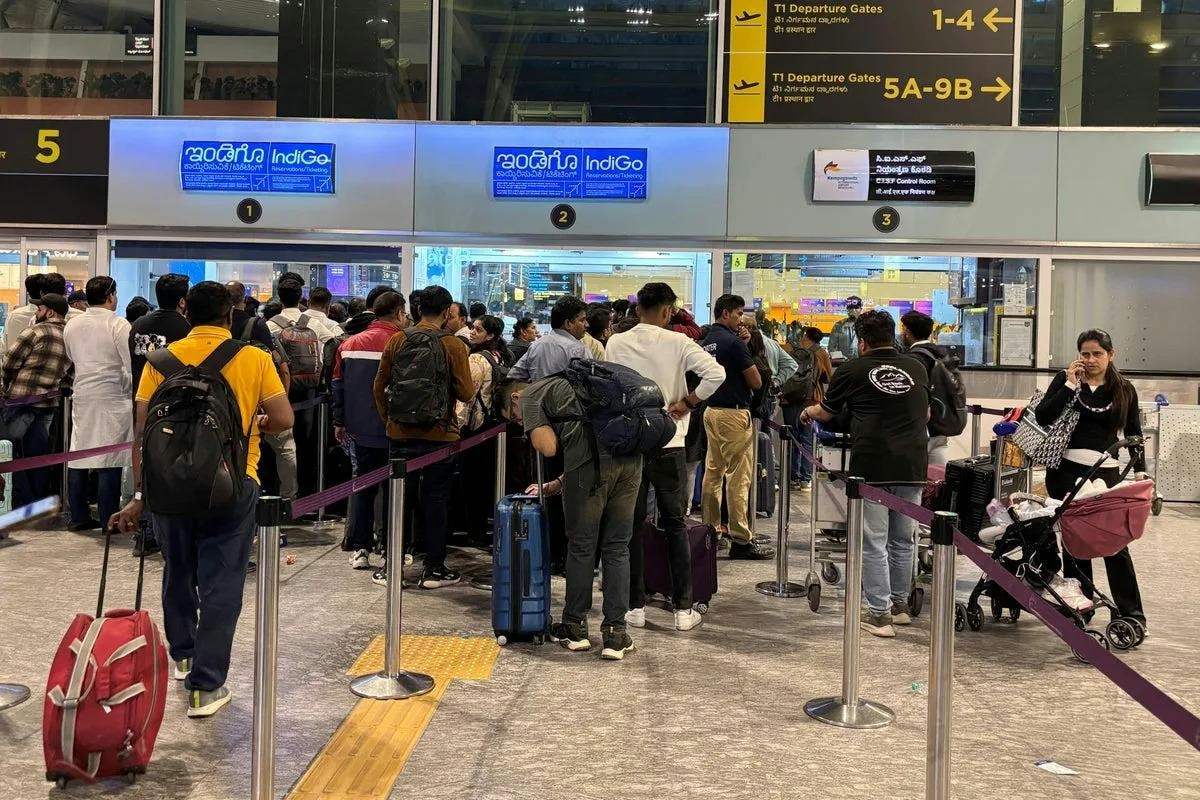
AeroGenie: il tuo copilota intelligente.
Tendenze
Categories
Aviation Leaders Discuss Advances in Retail and AI Applications
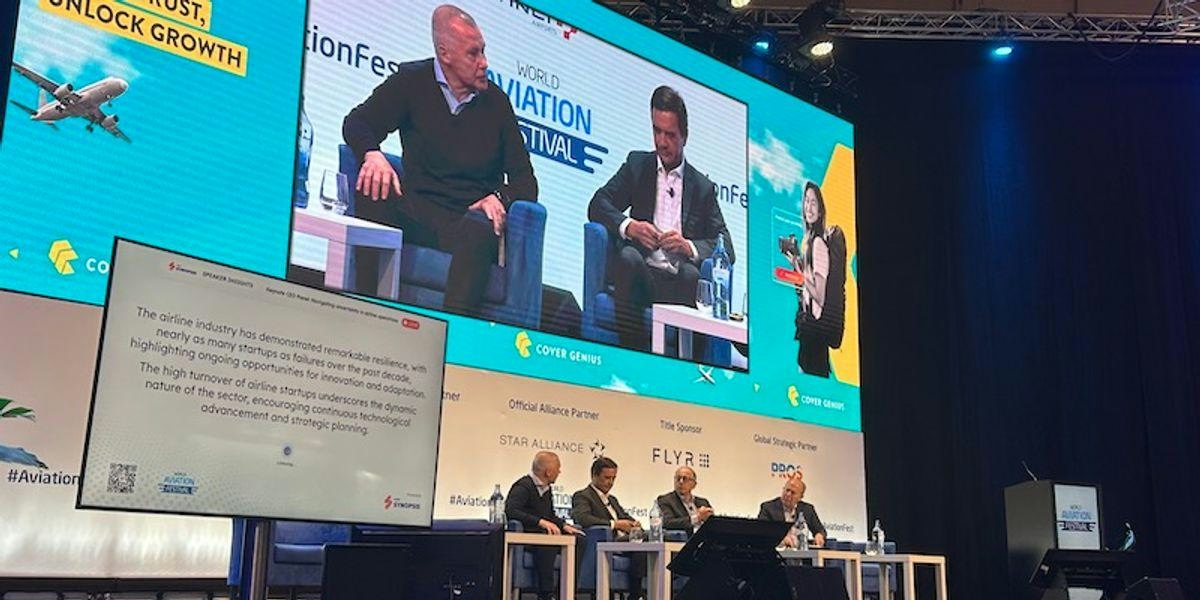
Aviation Industry Embraces Modularity and AI to Drive Innovation
Modularity as a Strategic Imperative
The aviation sector is increasingly prioritizing modularity in retail systems, a shift underscored by industry leaders at the recent World Aviation Festival in Lisbon. Willie Walsh, director general of the International Air Transport Association (IATA), emphasized that modular, flexible, and interoperable technology frameworks are essential for airlines aiming to reduce reliance on single providers and to integrate best-in-class solutions. This approach is gaining momentum despite the gradual pace of change, reflecting a broader industry effort to modernize legacy systems.
IATA has been instrumental in this transformation through initiatives such as the New Distribution Capability (NDC) and ONE Order, which have been in development for over a decade. These frameworks seek to replace traditional passenger name record (PNR) systems with an “offer and order” model, enabling airlines to enhance their retailing capabilities and better meet evolving customer demands. Walsh, who previously led British Airways and International Airlines Group (IAG), acknowledged the significant challenges posed by entrenched legacy IT infrastructures. He described the transition as “a frightening issue for a lot of airlines” but stressed that adopting a modular approach facilitates the entry of new suppliers and the integration of emerging technologies.
Major technology providers are responding to this call for modularity. Amadeus is advancing its Nevio platform, Sabre is developing Mosaic, and Accelya has partnered with Amazon Web Services (AWS) to accelerate the adoption of modular retailing. These efforts include expanding platforms like Accelya’s FLX ONE, designed to help airlines incorporate artificial intelligence (AI)-ready solutions into their existing systems.
AI Integration and Industry Challenges
The push toward modular retailing coincides with the aviation industry’s broader challenges, including geopolitical uncertainties, the imperative of decarbonization, and the integration of advanced technologies. Industry leaders recognize that addressing these issues is critical to maintaining competitiveness. Market dynamics have intensified the urgency, with airlines and technology partners increasing investments in AI applications such as precision forecasting and supply chain management, reflecting trends observed in the wider retail sector.
Walsh noted that while some airlines have begun adopting offer and order models, many remain focused solely on flight sales and have limited incentives to overhaul their systems. He explained that existing models are easier to maintain but fall short when airlines attempt to sell complex packages or accommodate customer changes, situations where the offer and order framework becomes indispensable.
AI’s transformative potential is now a central theme in aviation discussions. Luis Gallego, Walsh’s successor as CEO of IAG, revealed that 80% of the group’s projects involve AI, highlighting the technology’s growing prominence. Collaborative efforts, such as the partnership between Epic Aircraft and Microsoft, exemplify the industry’s commitment to leveraging AI to address shared challenges and unlock new opportunities.
As the aviation sector navigates these complexities, the transition to modular, AI-enabled systems is viewed as a vital step toward fostering innovation, enhancing customer experience, and sustaining competitiveness in an evolving global landscape.
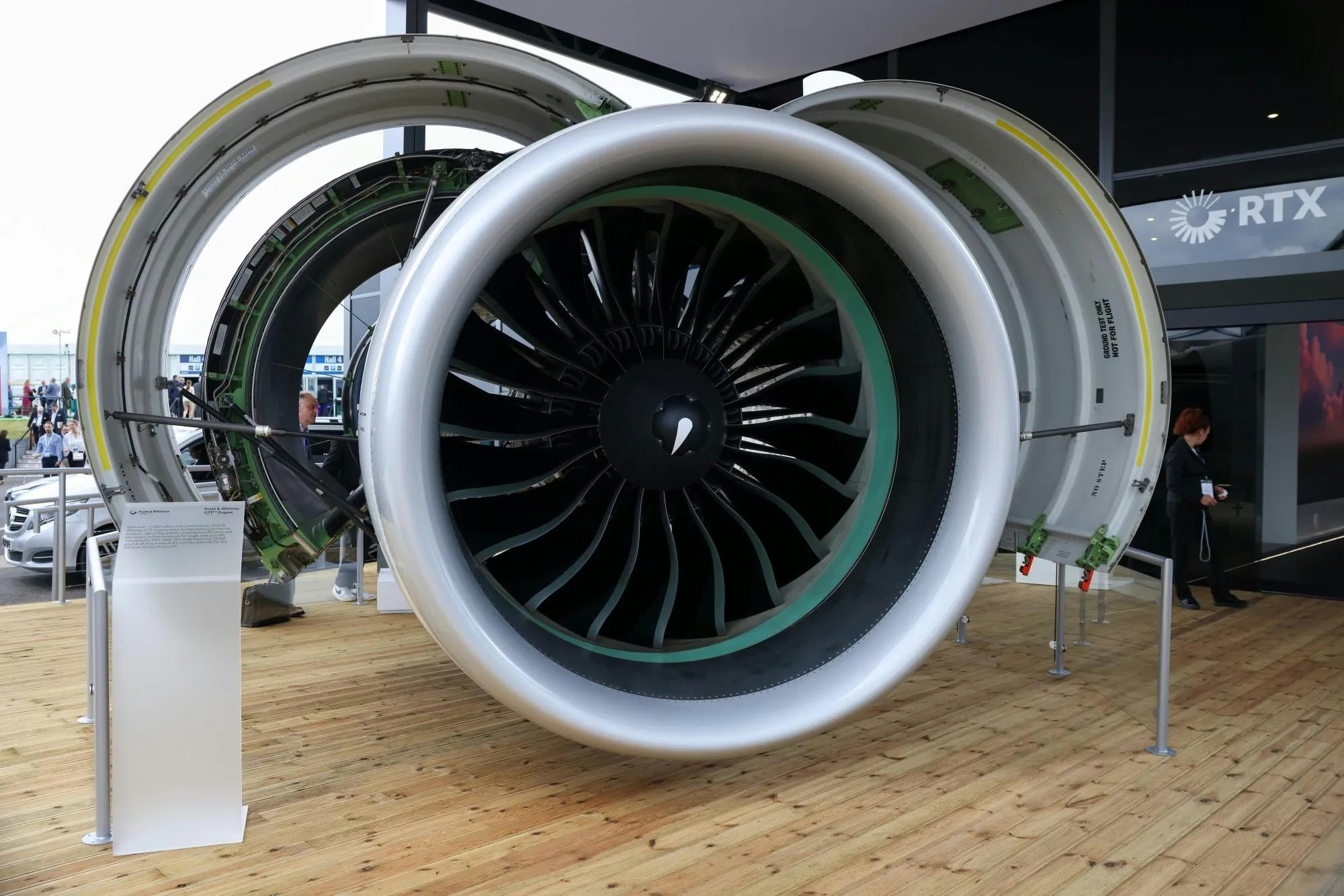
Spirit Signs Agreement with Pratt & Whitney Units on Aircraft Engines
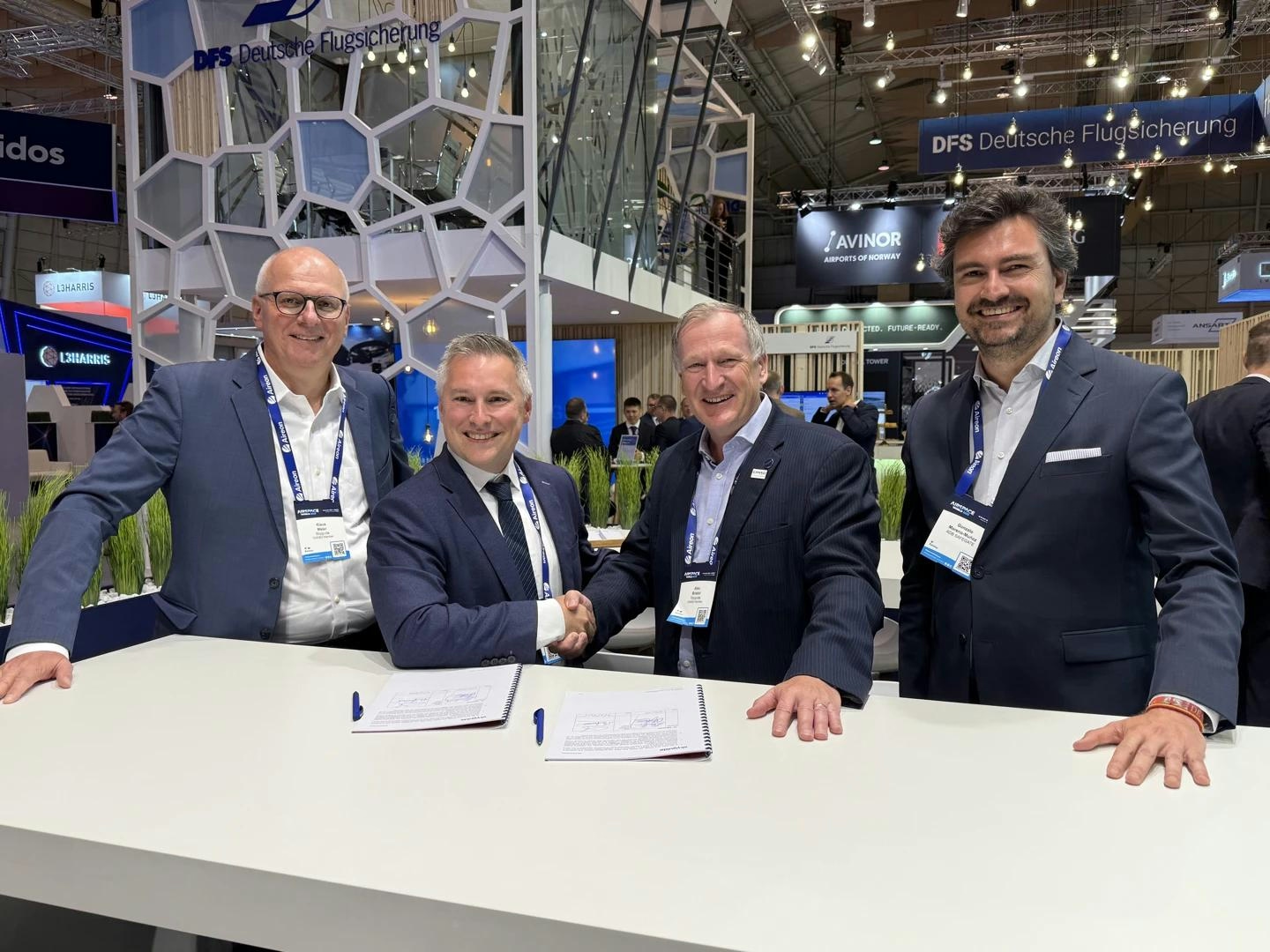
ADB SAFEGATE Receives Industry Awards for Marketing, R&D, and Social Impact

GA Telesis Secures Five-Year Landing Gear Overhaul Agreement with Major U.S. Carrier
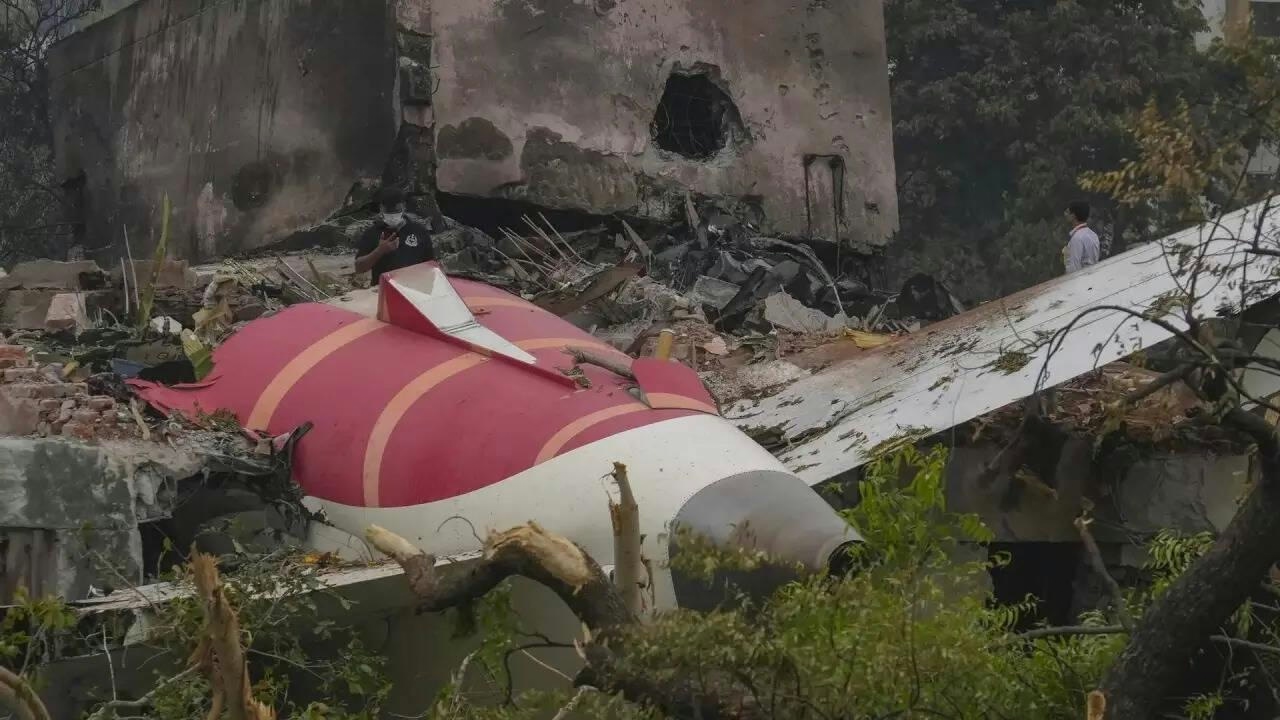
Government Strengthens Aviation Safety Framework Amid AI-171 Investigation
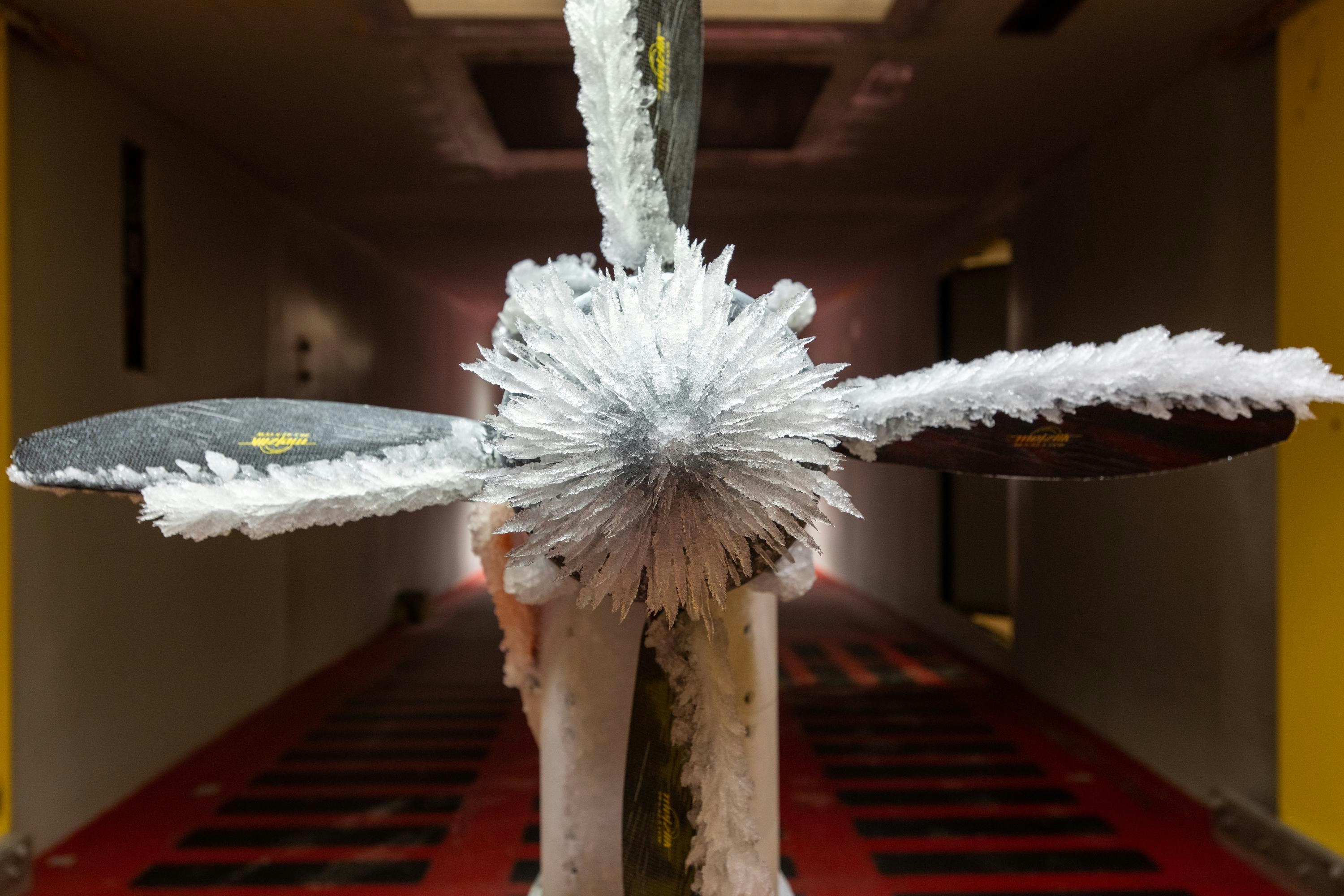
NASA Software Raises Bar for Aircraft Icing Research
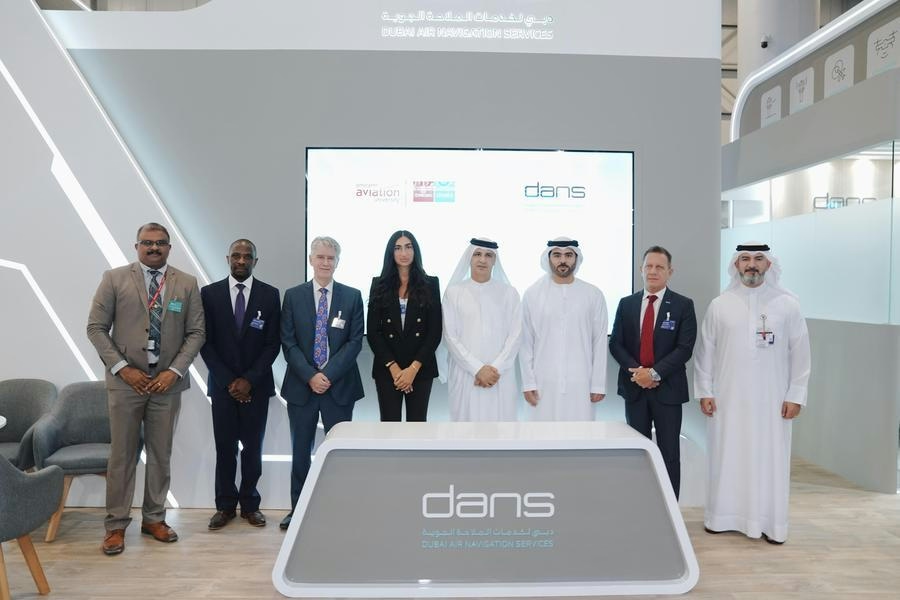
Dans and Emirates Aviation University Partner on AI Air Traffic Management Research
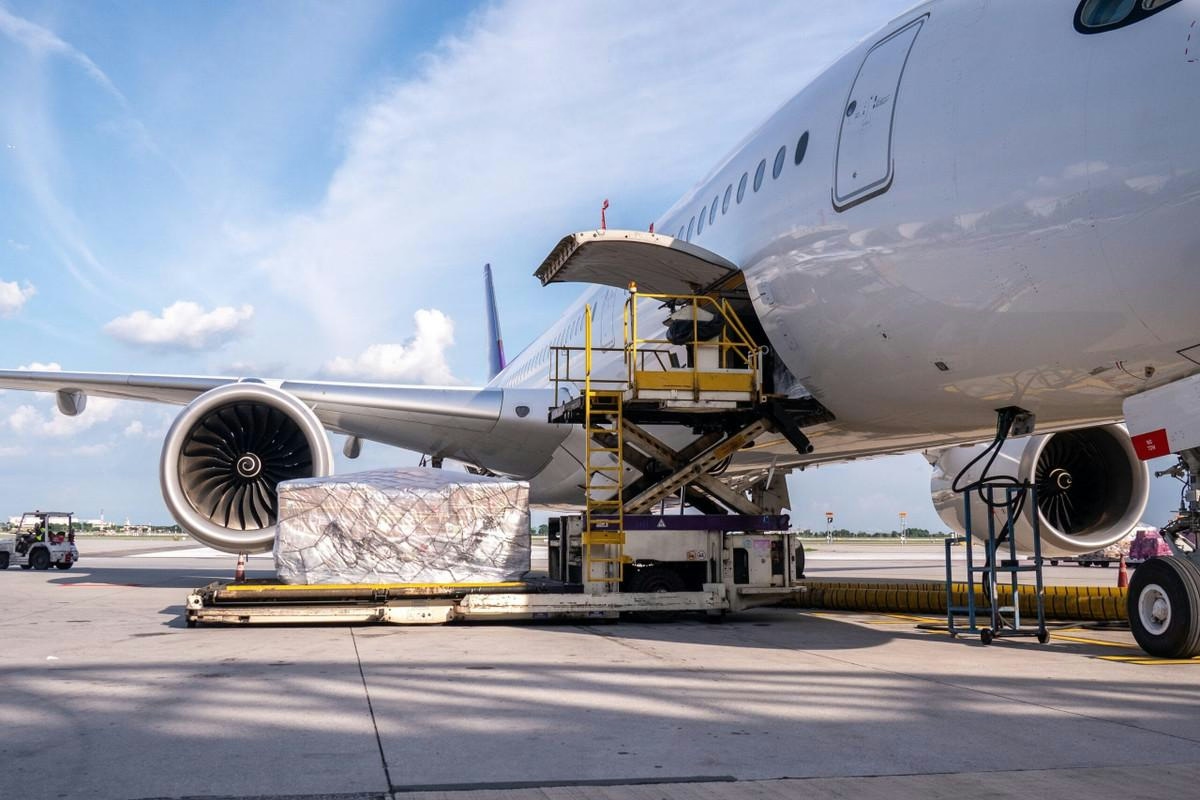
Nigus and AXISCADES to Develop Nigeria’s First Major Aviation MRO Hub
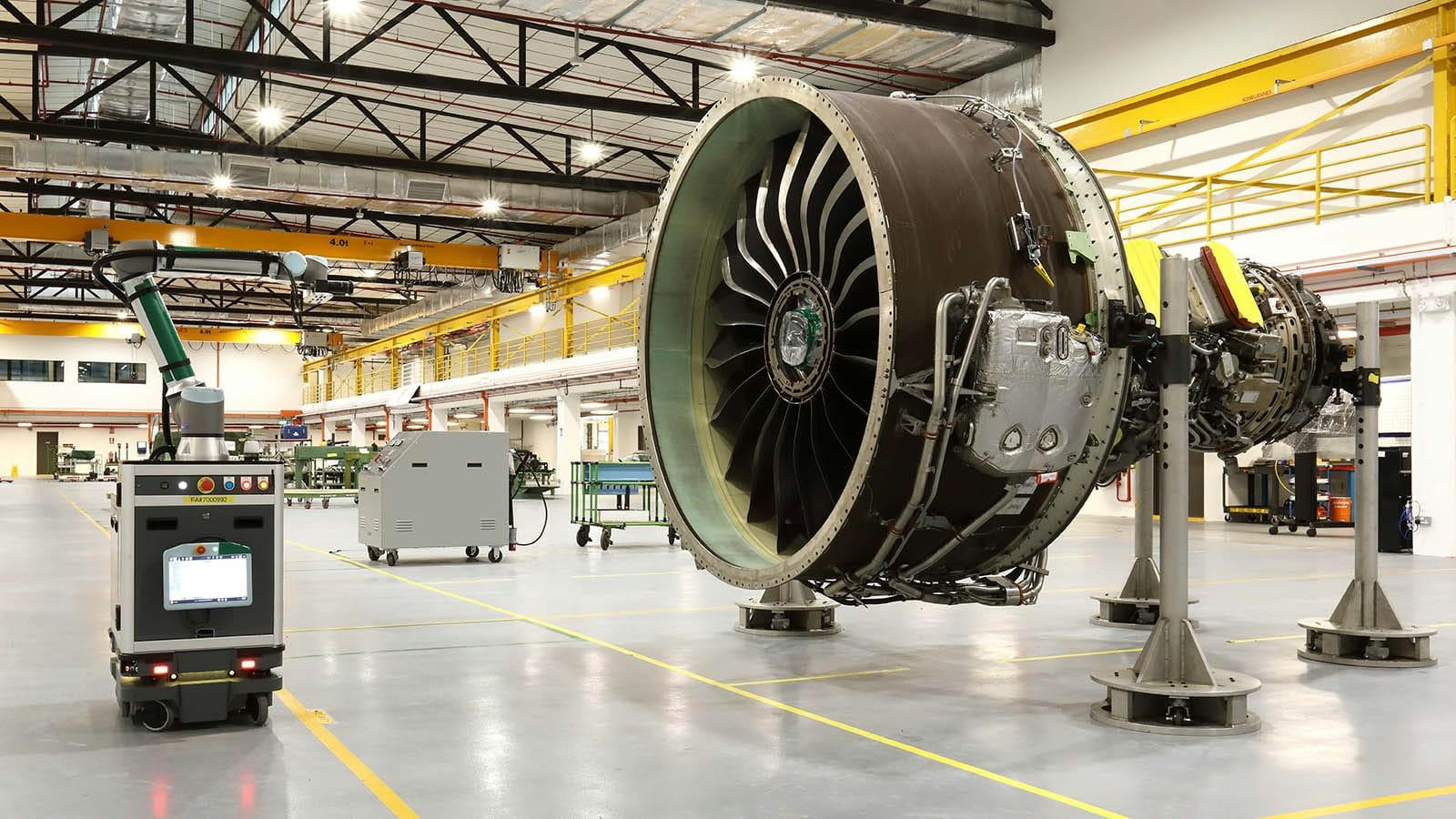
Commission Unveils Industrial Strategy for Aviation Sector

Congressional Committee Expresses Bipartisan Support for Advanced Air Mobility
